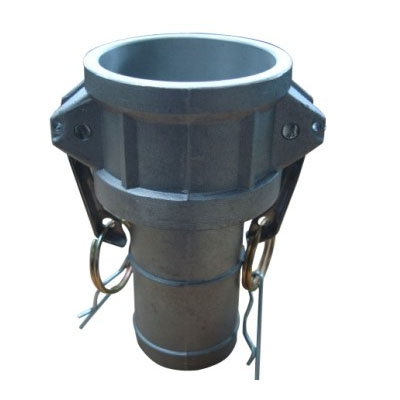
- English
- Español
- Português
- русский
- Français
- 日本語
- Deutsch
- tiếng Việt
- Italiano
- Nederlands
- ภาษาไทย
- Polski
- 한국어
- Svenska
- magyar
- Malay
- বাংলা ভাষার
- Dansk
- Suomi
- हिन्दी
- Pilipino
- Türkçe
- Gaeilge
- العربية
- Indonesia
- Norsk
- تمل
- český
- ελληνικά
- український
- Javanese
- فارسی
- தமிழ்
- తెలుగు
- नेपाली
- Burmese
- български
- ລາວ
- Latine
- Қазақша
- Euskal
- Azərbaycan
- Slovenský jazyk
- Македонски
- Lietuvos
- Eesti Keel
- Română
- Slovenski
- मराठी
- Srpski језик
Can Reducing Coupling Extend the Lifespan of Circuit Equipment?
2025-11-12
The various components in a circuit are like neighbors living in a large, crowded courtyard. Some transmit signals, others supply power. Without rules, signals will scatter and power will fluctuate, creating chaos, much like the neighbors arguing amongst themselves. Reducing Coupling acts like a partition and a rule-maker in this "courtyard," preventing interference and unnecessary disruption.
The Culprit Behind Premature Equipment Aging
We all know that people who spend too much time in noisy, chaotic environments are prone to aging and developing health problems. The same applies to circuit equipment. Signal interference and power fluctuations are like annoying background noise, constantly bothering the components. For example, capacitors and resistors, constantly subjected to interference, work harder, generate more heat, and their performance deteriorates. Just like a person overworking, they gradually become "exhausted" and fail prematurely. Reducing coupling keeps these "noises" out, minimizing the stress on equipment.
How Reducing Coupling Works
Reducing coupling essentially "delineates territory" for each component in the circuit. No matter how volatile the external power supply, the power within the component remains stable. On signal lines, the entire reducing coupling circuit acts like a "filter," allowing only useful signals to pass while blocking interference. Components no longer need to contend with interference, making their operation much easier, generating less heat, and reducing wear and tear—similar to maintaining a healthy body, naturally extending their lifespan.

When components in circuit equipment reach high temperatures, their performance fluctuates, aging accelerates, and in severe cases, they can burn out. The more severe the interference, the more heat the components generate. Reducing coupling controls interference, stabilizing component operation and naturally reducing heat generation. Just like a computer CPU, good cooling allows it to last for years, while poor cooling quickly renders it unusable.
Equipment malfunctions are mostly caused by a faulty component that hinders operation, and component failure is often related to interference or overheating. By implementing reducing coupling, components are subjected to less stress, significantly reducing the probability of malfunction. Think about it: equipment that constantly breaks down and requires repair is not only disassembled repeatedly, but replacing parts can also affect other components, making it more prone to failure. Equipment that rarely malfunctions, working steadily, naturally lasts longer.



